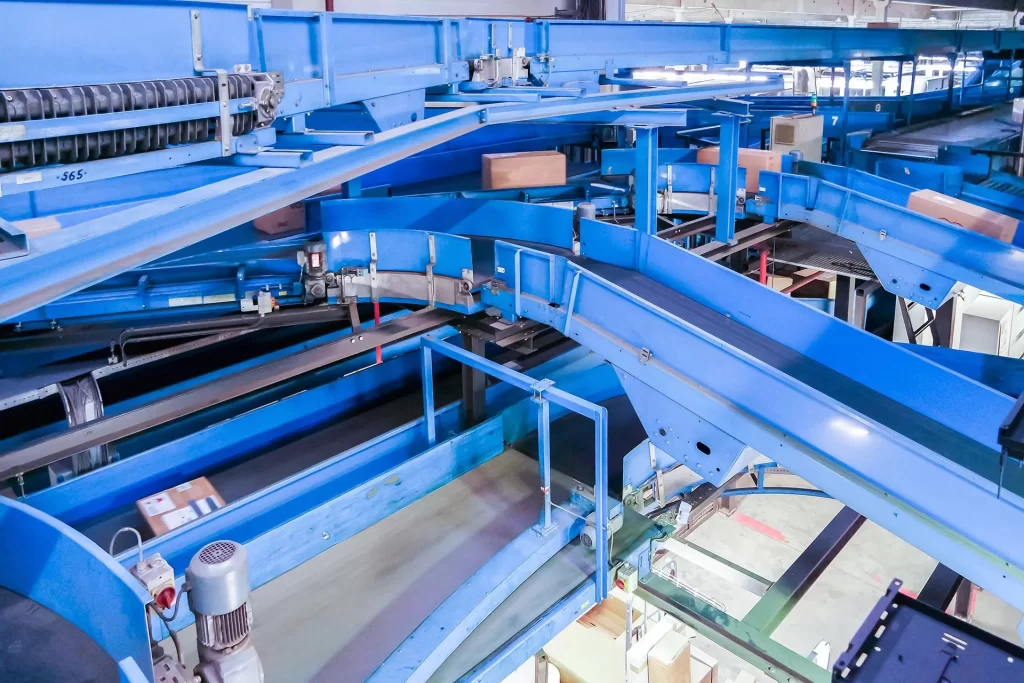In industrial environments, conveyor belts are essential components for transporting goods efficiently and safely. Whether used in packaging, logistics, food processing, or manufacturing, these belts must be strong, precise, and durable. To ensure long-lasting joints and seamless operation, more and more companies are turning to high-frequency (HF) welding, a cutting-edge technology that delivers perfect results even under heavy-duty conditions.
The Challenges of Conveyor Belt Welding
Traditional welding methods such as hot air, mechanical splicing, or adhesives can cause irregular seams, material stress, or premature wear. These issues lead to:
- Reduced belt lifespan
- Frequent maintenance interruptions
- Energy waste and lower efficiency
High-frequency welding eliminates these weaknesses, offering a uniform, airtight, and flexible joint that enhances overall belt performance.
What is High-Frequency Welding and How It Works
High-frequency welding is a process that uses electromagnetic energy to heat and fuse thermoplastic materials like PVC, PU, or TPU. When the materials are exposed to a high-frequency field, their molecules vibrate and generate heat internally. This results in a molecular bond between the materials, far stronger and cleaner than traditional surface melting.
The result:
- Seamless joints with perfect alignment
- High resistance to tension, pressure, and temperature
- No adhesives or external heat sources required
Advantages of HF Welding for Conveyor Belts
- Superior Strength and Durability
The molecular fusion achieved through HF welding creates joints that maintain integrity even under heavy mechanical stress. This is crucial in sectors where conveyor belts are constantly in motion or exposed to high loads.
- Precision and Consistency
Unlike manual or thermal methods, HF welding ensures perfect repeatability and alignment. Every weld is identical, minimizing human error and guaranteeing consistent quality.
- Faster Production and Lower Costs
Automated HF welding machines speed up cycle times and reduce rework or waste. Fewer maintenance stops mean higher productivity and a faster return on investment.
Applications Across Industries
HF welding for conveyor belts is widely used in multiple industrial sectors:
- Packaging and logistics: for precise, flexible conveyor systems.
- Food processing: ensuring hygienic, seamless belts easy to clean.
- Textile and fabric industries: for transporting delicate or technical materials.
- Automotive manufacturing: for material handling in assembly lines.
- Pharmaceutical and medical sectors: where contamination-free operations are essential.
From lightweight PVC belts to heavy-duty PU systems, HF welding adapts perfectly to the needs of each sector.
Why Choose REG Galbiati as Your Partner
With more than 70 years of experience, REG Galbiati is a trusted name in high-frequency welding machine design and production. By combining Italian craftsmanship with advanced technology, REG Galbiati helps companies achieve higher efficiency, lower production costs, and impeccable welding quality.
As industries demand higher productivity and durability, high-frequency welding has become the preferred method for producing and repairing conveyor belts. Choosing REG Galbiati means partnering with a company that understands your production challenges and transforms them into tailored, efficient, and sustainable solutions.





